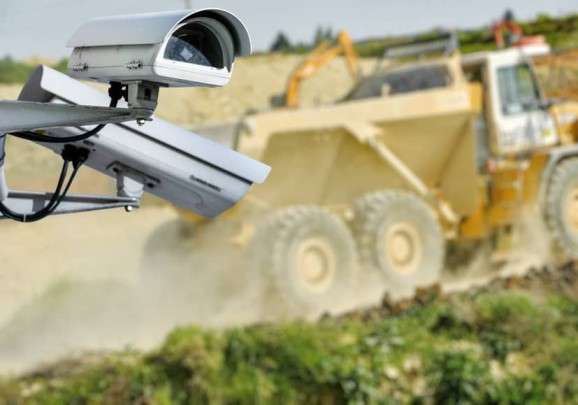Introduction:
Augmented reality (AR) technology is a rapidly advancing field that is having a major impact on the retail industry. AR allows retailers to create interactive and engaging shopping experiences for customers, providing them with a new way to interact with products and services. This article will explore the impact of augmented reality on the retail industry, including its benefits, current applications, and future possibilities.
Benefits of AR in Retail:
AR technology provides retailers with a number of benefits, including the ability to:
Enhance the customer experience: AR allows retailers to create interactive and engaging shopping experiences for customers, providing them with a new way to interact with products and services.
Increase sales:
By providing customers with a more engaging and interactive shopping experience, AR can help increase sales and customer loyalty.
Improve product visualization:
AR can be used to provide customers with a more realistic and accurate representation of products, allowing them to better understand the product and make more informed purchase decisions.
Decrease product returns:
By providing customers with a more accurate representation of products, retailers can decrease the number of product returns.
Current Applications of AR in Retail:
AR technology is currently being used in a variety of retail applications, including:
In-store experiences:
Retailers are using AR to create interactive in-store experiences for customers, such as virtual try-on stations for clothing and virtual product demonstrations.
Online shopping:
Online retailers are using AR to provide customers with a more engaging and interactive shopping experience, such as virtual try-on and product visualization.
Product packaging:
Some retailers are using AR to enhance product packaging, providing customers with additional product information and interactive experiences through their smartphones.
Future Possibilities of AR in Retail: While the use of AR in the retail industry is still in its infancy, there are several potential future applications that could greatly benefit retailers and customers. Some examples include:
Virtual reality shopping:
Virtual reality (VR) technology can be used to create virtual shopping experiences, allowing customers to shop from the comfort of their own home.
Personalized recommendations: AR can be used to provide personalized product recommendations to customers based on their browsing and purchase history.
In-store navigation:
AR can be used to provide customers with in-store navigation and product information, helping them to find the products they are looking for more easily.
Challenges and Limitations:
While the use of AR in the retail industry holds great promise, there are also several challenges and limitations that need to be addressed. One of the main challenges is the cost of AR technology, which can be prohibitively expensive for many retailers. Additionally, there is a lack of standardization in the field, which can make it difficult for retailers to compare and evaluate different AR applications. Finally, there is also a lack of regulation in the field, which can make it difficult to ensure the safety and effectiveness of AR applications in the retail industry.
Future Possibilities of AR in Retail:
While the use of AR in the retail industry is still in its infancy, there are several potential future applications that could greatly benefit retailers and customers. Some examples include:
Virtual reality shopping: Virtual reality (VR) technology can be used to create virtual shopping experiences, allowing customers to shop from the comfort of their own home.
Personalized recommendations: AR can be used to provide personalized product recommendations to customers based on their browsing and purchase history.
In-store navigation: AR can be used to provide customers with in-store navigation and product information, helping them to find the products they are looking for more easily.
Remote assistance: AR can be used to provide customers with remote assistance from store associates, allowing them to get help and answers to their questions in real-time.
Implementation and Adoption:
In order for retailers to fully take advantage of AR technology, it is important that they consider the necessary steps for implementation and adoption. This may include assessing the cost and feasibility of different AR applications, training employees on how to use and maintain the technology, and developing a plan for integrating AR into the overall retail strategy.
Conclusion:
In conclusion, augmented reality technology has the potential to revolutionize the retail industry by providing customers with a more engaging and interactive shopping experience. However, it is important to address the challenges and limitations of the technology in order to ensure its safe and effective use in the retail industry. With continued research and development, augmented reality has the potential to greatly benefit both retailers and customers.









